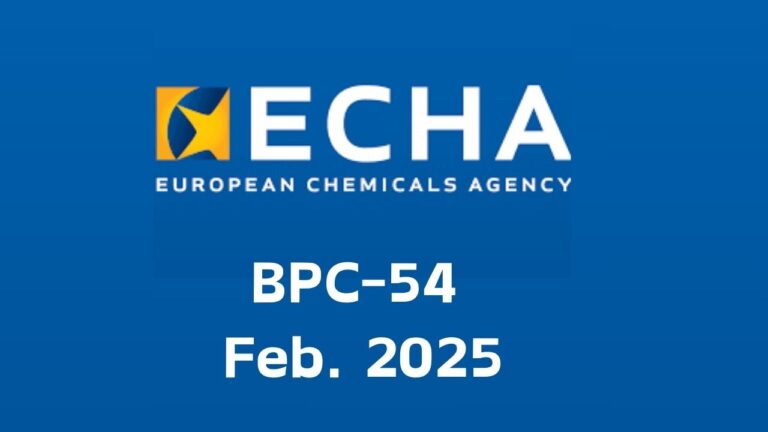What is a ‘biocide’?
Before we begin with the regulatory definitions, let’s first look at the origin of the word biocide.
Biocide is a combination of the Greek word ‘bio’ (life) and the Latin word ‘cide’ (killing). Basically, a biocide kills living (micro)organisms.
The European Biocidal Products Regulation (BPR) defines a biocide as a product that is intended to:
Biocides are intrinsically harmful and therefore heavily regulated throughout the world. Regulations ensure that biocidal products are marketed and used in such a way that they are safe. Meaning that they do not pose any undue risks for human, animal and environmental health.
In many geographies, companies can only place biocides on the market once their safety is assured via a pre-market approval and authorisation. This is also the case for biocidal products in Europe.
Biocide definitions in the legal context
The European Biocidal Products Regulation is a two-tiered legislation. First the active substance must be approved. After that the authorisation of the biocidal product follows. A biocidal product may only contain approved active substance(s). We follow this two-step approach also here.
Active Substance definition
The legal text of the BPR provides definitions in Article 3 (appropriately titled “Definitions”). Let’s first look at the definition of ‘active substance’ under BPR:
- a substance or a micro-organism that has an action on or against harmful organisms:
- ‘existing active substances’ that were already on the EU market on 14 May 2000 as an active substance of a biocidal product
- ‘new active substances’ that were NOT on the EU market on 14 May 2000
Why the 14th of May 2000 cut-off, you might ask? That is the entry-into-force date of the Biocidal Product Directive, the legal predecessor of the Biocidal Product Regulation.
And of course, as with all definitions there are some exceptions to the rule. The ‘placing on the EU market’ criterium is not met if an active substance was only used for scientific or product R&D.
Biocidal Product definition
And now for the second step, we focus on the biocidal product:
Some products may contain biocidal active substances but are NOT biocidal products according to the regulatory definition in the European Economic Area. These include:
- Treated articles. The BPR defines ‘treated articles’ as: any substance, mixture or article which has been treated with, or intentionally incorporates, one or more biocidal products.
- Borderline products: products that are regulated under the scope of different sectoral legislation (e.g. medicines, cosmetics) that contain a product (marketing) claim that might be considered a biocidal claim.
The primary function of a product will determine if your product is considered a biocidal product according the legal definition. Claims play a role in determining this primary function. So consider carefully which claims you use on products containing biocidal substances.
We will take a deep dive into biocidal claims in one of our next R4B academy posts. If you subscribe to our newsletter, you will not miss it!
General exceptions
For some active substances some more generic exceptions apply as well: Biocides for which compliance is covered by other legislation are not considered biocides under EU BPR Article 2 (Scope). These are:
- Plant Protection Products (regulated under 1107/2009/EC) – also killing (micro)organisms but with a different purpose
- Feed preservatives, regulated under Regulation EC no. 1831/2003)
- Food preservatives that regulated under Food Additives legislation EC no. 1333/2008
- Cosmetic preservatives (regulated under EU CosReg (1223/2009/EC) Annex V)
The good news is that the REACH Regulation (1907/2006/EC) is mutually applicable. The REACH registration requirements are considered to be fulfilled for active substances that are regulated under the BPR regulatory scheme!
Take home message
In conclusion, the devil is in the detail with BPR. So if you have any doubt, contact your regulatory and/or legal experts well in advance of your product launch. Do not risk jeopardising your business because of a non-compliance with BPR.
Subscribe to our newsletter
Register here for our news letter if you like to stay informed.


